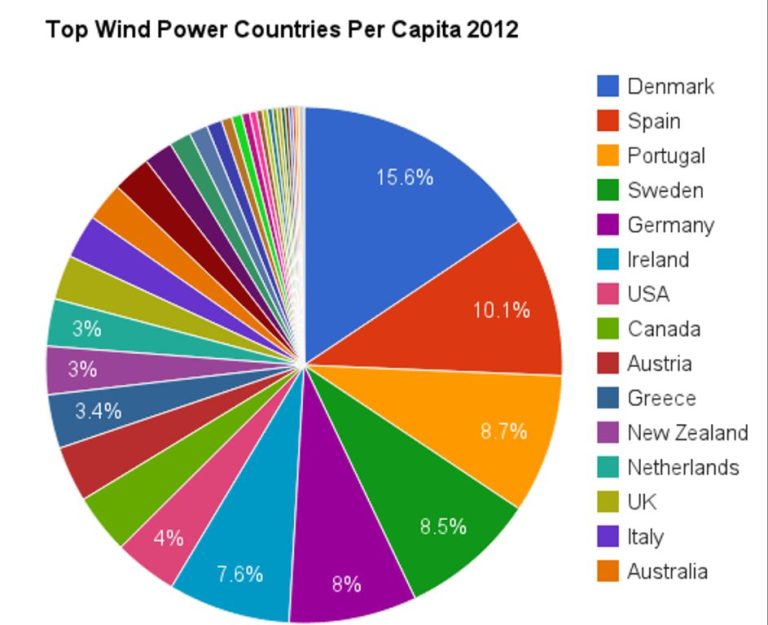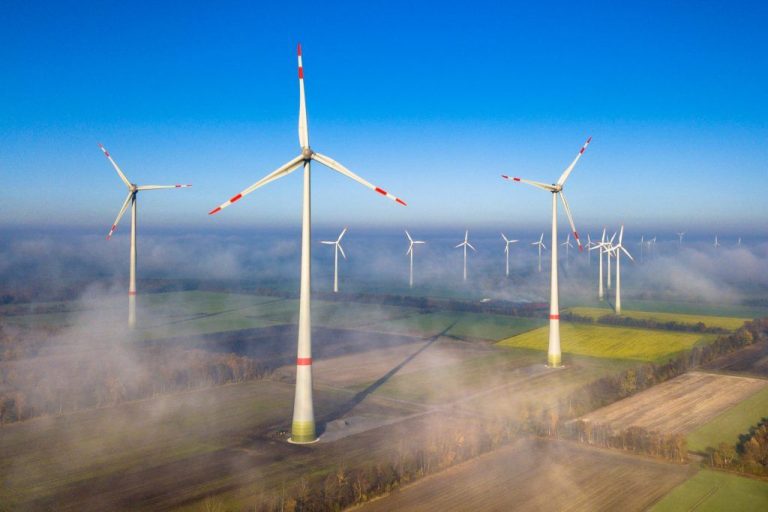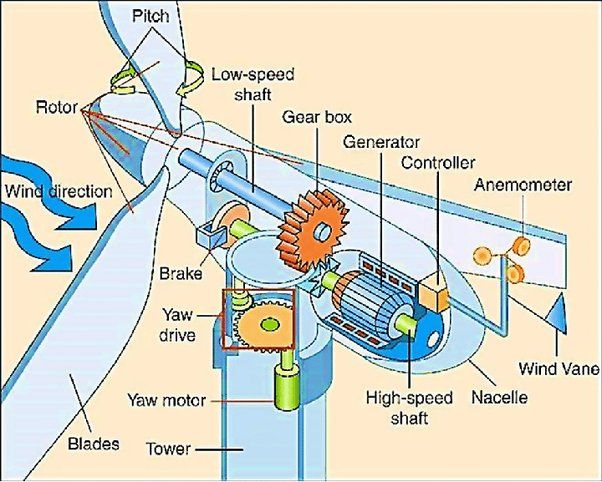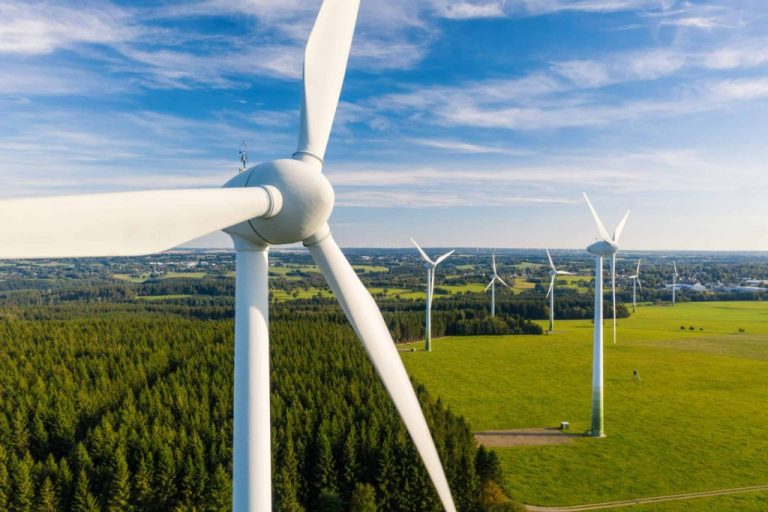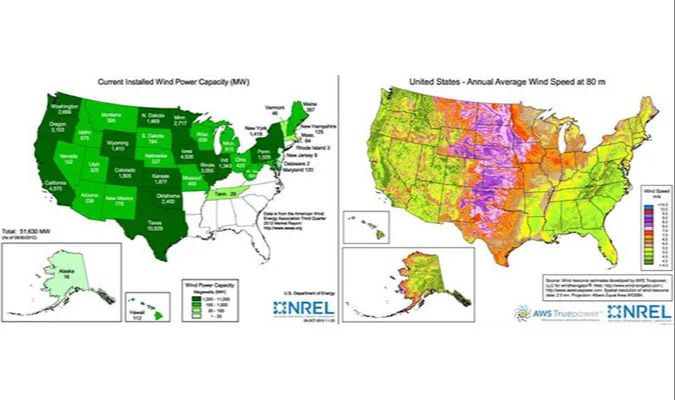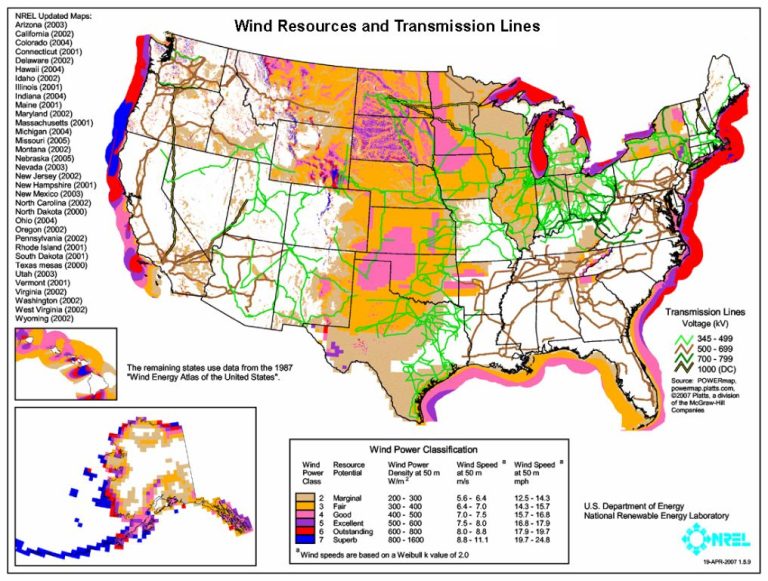Can Wind Energy Produce Light?
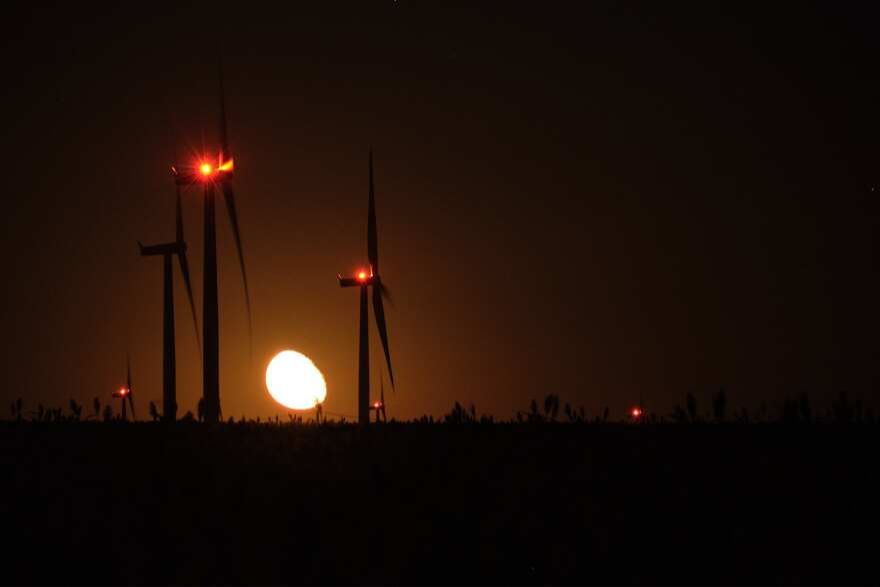
Wind energy is one of the fastest growing renewable energy sources in the world. Wind turbines convert the kinetic energy of wind into mechanical power, which is then used to generate electricity. Some of the main uses of wind energy include generating electricity, powering transportation, sports and recreation, food production, and pumping water (https://www.clean-energy-ideas.com/wind/wind-energy/uses-of-wind-energy/).
This article will explore the concept of using wind energy to produce light. Wind turbines can generate electricity that can then power lighting sources such as light bulbs, street lights, and more. We’ll look at how wind turbines work to produce electricity, methods for storing and transmitting that energy, real-world case studies, and the future potential of powering light with wind.
How Wind Turbines Work
Wind turbines use large blades to capture the kinetic energy of wind. As the wind blows, it pushes against the blades, causing them to turn. The blades are connected to a drive shaft inside the nacelle (the body of the turbine), which in turn spins a generator to produce electricity. The turbine is mounted on a tall tower to take advantage of faster wind speeds at higher altitudes.
More specifically, the blades are aerodynamically designed to maximize lift and minimize drag. The resulting force from the pressure differential across the airfoil blades creates torque on the rotor. This makes the rotor spin like a propeller. The rotor connects to the main shaft, which spins a generator to convert the rotational mechanical power into electrical power. The generator uses magnetic fields interacting with conductors to produce alternating current electricity.
So in summary, the wind applies aerodynamic forces on the blades, which cause the rotor to spin. The spinning rotor turns an electrical generator to create electricity. This is how wind turbines are able to harness wind energy and generate clean renewable power (https://www.energy.gov/eere/wind/how-do-wind-turbines-work).
Generating Electricity
Wind turbines generate electricity by converting the kinetic energy in wind into rotational energy that turns an electrical generator. As wind blows past the turbine blades, the aerodynamic shape of the blades causes them to lift and rotate around a horizontal axis. This rotational motion gets transferred to a shaft inside the nacelle which connects to a gearbox that increases the rotational speed. This mechanical power from the spinning shaft gets converted into electrical energy using an electrical generator (Just Energy, 2020).
Most wind turbines use a generator containing magnets that rotate around a set of coils or vice versa to induce an electric current. As the magnets spin past the coils, it causes electrons in the coils to move – generating an electrical current. This alternating current (AC) then gets fed to a transformer inside the turbine to increase the voltage before getting transmitted to the electrical grid for consumption (Windcycle, 2022).
Therefore, through this multi-step process of converting wind energy to rotational energy and finally electrical energy, wind turbines are able to generate electricity that can be used to power homes, businesses, and other facilities connected to the grid.
Powering Light Sources
Electricity powers lights by passing current through a filament or semiconductor which heats up and emits light. In an incandescent light bulb, electric current passes through a thin tungsten filament, heating it up to temperatures of around 2500°C. This high temperature causes the tungsten filament to glow and emit light. LEDs (light emitting diodes) work differently – electric current flows into the semiconductor material which emits photons directly. The color of the light depends on the semiconductor material used.
According to the Physics Stack Exchange, “The bulk matter of the wire is made of metal containing a “sea” of electrons. These electrons are able to move somewhat freely. When voltage is applied, it gives them a “push” down the wire. The momentum from this push allows them to crash into atoms in the filament or semiconductor and heat it up.”1 This collisional process transfers the kinetic energy of the electrons into thermal energy that heats up the filament/semiconductor and causes it to glow.
So in summary, electricity powers light by using the current flow to heat up specialized materials that then emit photons. This allows renewable energy from wind power to ultimately light up homes, streets, and cities.
Storing Energy
Wind energy can be stored using batteries and other storage technologies, enabling it to provide power when the wind isn’t blowing. This allows wind power to light homes even at night when winds are typically lower. Storing wind energy in batteries enables a flexible and clean energy supply around the clock.
Battery storage systems can store excess electricity generated from wind farms during times of high winds and minimal energy demand. This stored energy can then be used during peak demand periods or when wind speeds are low. For example, Xcel Energy’s wind-to-battery project in Colorado uses a 1 MW/4 MWh battery system to store electricity from an existing wind farm.
Other storage technologies like pumped hydro and compressed air energy storage are also being used to capture wind power. These allow wind farms to serve as consistent baseload power sources rather than intermittent suppliers. With storage, wind energy can reliably power lighting and electrical systems day and night.
Transmitting Power
Wind turbines generate electricity that needs to be transmitted to homes and buildings. This is done via electrical grids which distribute power over long distances. The electrical grid is a network of transmission lines, substations, transformers and more that deliver electricity from power plants to end users.
When a wind farm generates electricity, it flows into the transmission system of the grid. The grid allows centralized power plants, decentralized power generators like wind farms, and distributed solar panels to connect. High voltage transmission lines transport bulk amounts of wind power over long distances across states and regions. Step-down substations and transformers convert the voltage down to safer levels for distribution.
Local distribution systems and utility companies then deliver the electricity through lower voltage lines to homes, businesses, and buildings in communities. In this way, the interconnected grid allows wind power to be transmitted from remote wind farms to populated areas where electricity is needed.
As more wind farms are built, especially offshore, transmission lines must expand to handle the capacity. Upgrading and expanding the grid’s transmission infrastructure will be key for integrating large amounts of wind energy onto the system in the future. Source
Challenges
While wind power offers many benefits, there are some key challenges that need to be addressed for it to reach its full potential as a sustainable energy source. Three major challenges are:
Intermittency of Wind
Wind speeds vary naturally and are not consistent throughout the day or year. This intermittency makes wind power an inconsistent source of electricity. Large amounts of energy storage would be needed to provide a steady flow of electricity from wind.
Storage Limitations
Current battery storage technology is not adequate for storing the large amounts of energy that would be needed to compensate for intermittency at utility scales. More research and development is needed into grid-scale energy storage solutions.
Transmission Infrastructure
Many of the best wind energy sites are far from population centers where the energy is needed. Major investments are required in transmission infrastructure to carry wind-generated electricity over long distances. Upgrading and expanding transmission lines is complex and costly (U.S. Department of Energy).
Case Studies
There are several real-world examples of how wind energy is being used to produce light. Here are a few case studies:
The Altaeros Energies Bat wind turbine was deployed in 2015 in rural Alaska. This high-altitude wind turbine was able to provide consistent wind power to energize LED lights, cellular networks and other electronics for the remote community. The Bat allowed the village to reduce its dependence on expensive diesel fuel for power generation.
In India, OMC Power installed a hybrid wind-solar system to provide renewable energy for off-grid lighting in 53 villages. The wind turbines charged batteries during the night to power DC LED lights, improving quality of life for thousands of rural villagers.
The Rushlight wind turbine was created by an English company called Marlec as a compact wind turbine for boats. The turbine can be mounted to the boat mast to generate between 100 and 600 watts of power. This can be used to charge batteries on board and power navigation lights at night.
There are many more examples of small and utility-scale wind projects powering LEDs for homes, communities, and infrastructure lighting across the world. Wind energy holds great potential to sustainably energize lighting needs.
The Future
There are several emerging technologies and innovations that may expand the use of wind power for lighting applications in the future. According to Power Magazine, innovations in wind turbine design, such as larger rotors and taller towers, allow access to stronger winds and can increase energy production. New control systems and sensor technologies also enable turbines to optimize performance. Floating offshore wind farms located further out at sea where winds are stronger and more consistent are another growing trend.
Harnessing high altitude wind energy using tethered airborne turbines is a novel approach being developed by companies like Makani Power. Their energy kites can fly autonomously to tap winds 800-2000 feet above ground that are up to 8 times faster than winds on the ground, enabling more wind power generation from a small footprint.Energy5
Advancements in energy storage technology, smart grids, and microgrids will also facilitate wider deployment of wind power for off-grid lighting applications. With falling prices, improved capacity, and flexible integration options, energy storage can enable wind power to be stored when available and dispatched on demand to power lighting systems.
Conclusion
In conclusion, wind energy can be used to produce light, but it requires converting the mechanical energy from the wind turbine into electrical energy and then powering light sources like LED bulbs Environmental Impacts of Wind Power. The pros of using wind energy for lighting include its renewable, clean nature that produces no emissions. Wind power also has a positive energy balance, generating more energy over the lifetime of a turbine than is used in its construction and operation Conclusions. However, wind energy can be intermittent and unreliable depending on weather conditions. Battery storage and transmission infrastructure are needed to provide continuous lighting. Overall, wind power shows promise as a sustainable source for lighting homes and businesses, but overcoming intermittency remains an ongoing challenge Conclusion: The Answer May Be Blowing in the Wind. With continued technology improvements and infrastructure build-out, wind energy can play an increasing role in powering light sources around the world.

